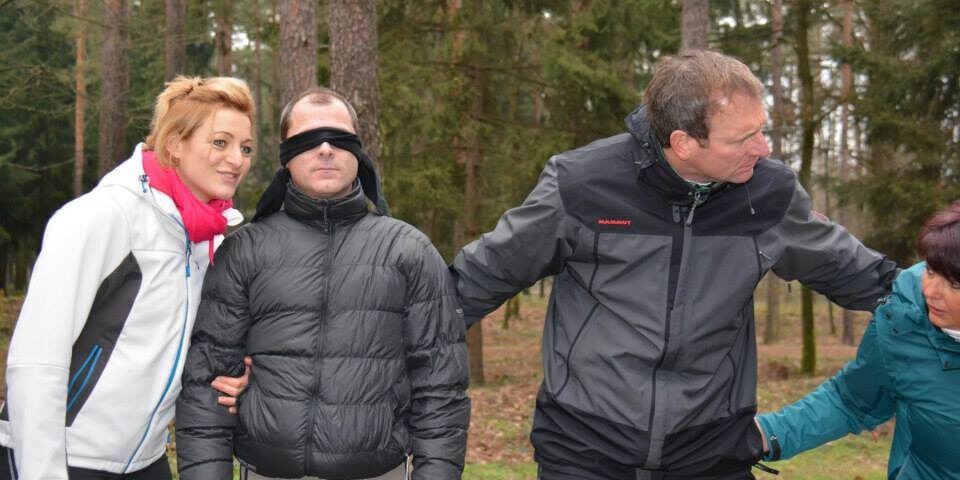Employee Appreciation Day is coming up on Friday, March 7, and it’s the perfect opportunity to recognize everything your team does to contribute to your organization’s success. But here’s the catch – it has to be meaningful.
With 51% of employees feeling disengaged at work, as per Gallup (a problem that costs businesses billions each year, by the way), appreciation isn’t just a nice gesture; it’s essential for morale, productivity, and retention. The challenge? Traditional, impersonal rewards don’t work.
The Power of Recognition: The Stats Speak for Themselves
- 40% of employees say they’d work harder if they were recognized more often, yet 82% don’t feel their supervisors recognize them enough, according to OGO.
- 90% of employees who received thanks or recognition from their boss felt more trust in that person, versus only 48% who didn’t receive recognition, as reported by SHRM.
- If organizations doubled the number of employees who receive weekly recognition, they’d experience a 24% increase in quality, a 27% reduction in absenteeism, and a 10% reduction in shrinkage, Gallup research showed.
What Employees Actually Appreciate
True recognition goes beyond a one-size-fits-all approach. Here are some thoughtful ways to celebrate your team:
- Personalized Recognition – A heartfelt thank-you note, a public shout-out, or a tailored gift shows real appreciation.
- Experiential Rewards – Organize a team outing, an engaging activity, or even a half-day off to recharge.
- Professional Growth Opportunities – Invest in training, workshops, or mentorship programs to show you value their development.
- Flexible Work Perks – Surprise your team with remote work options, extended lunch breaks, or an extra day off.
- Team-Building Activities – Strengthen connections through collaborative challenges or fun, interactive sessions.
Creating a Culture of Appreciation: Key Actions for a Thriving Workplace
1. Value Your Employees
- Show gratitude and maintain a positive work environment.
- Celebrate wins – big or small. Because every success counts!
2. Understand What Matters
- Observe and recognize what truly motivates your employees.
3. Make Work Fun & Engaging
- Add creativity and playfulness to meetings to foster collaboration.
4. Encourage Social Connections
- Host company-sponsored happy hours for team bonding.
- Surprise your team with morning treats like muffins or Tim Horton’s coffee.
5. Support Professional Growth
- Share bite-sized communication tips – Jefferson Fisher’s YouTube content is a great resource.
- Host communication workshops to help employees:
- Give and receive feedback constructively.
- Handle misunderstandings effectively.
- Build confidence in everyday interactions.
6. Strengthen Team Unity
- Schedule regular team-building events to enhance connection and communication.
- Focus on team goals by:
- Highlighting collective achievements over individual success.
- Ensuring everyone understands their roles and responsibilities.
- Providing constructive feedback privately and respectfully.
7. Adapt to Hybrid Work
- Design activities that engage both remote and in-office employees.
8. Plan In-Person Team Events
- Annual face-to-face gatherings build trust, connection, and collaboration.
9. Prioritize Team Collaboration
- Organize problem-solving activities that emphasize teamwork over individual contributions.
A culture of appreciation isn’t just about recognizing employees – it’s about fostering an environment where they feel valued, supported, and connected every day.
Make Appreciation a Year-Round Habit
While March 7 is a great reminder, recognition should be ongoing. A culture of appreciation doesn’t just boost engagement for a day – it transforms workplace morale long-term. How do you plan to show appreciation this year? Set your Goals now and transform your team and workplace.
At Level Up Teambuilding, we help organizations create stronger teams through meaningful experiences. Want ideas to truly celebrate Employee Appreciation Day? Reach out – we’d love to help!



